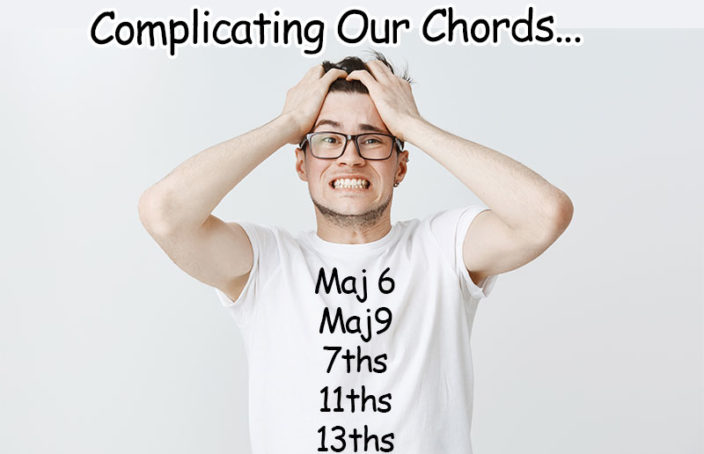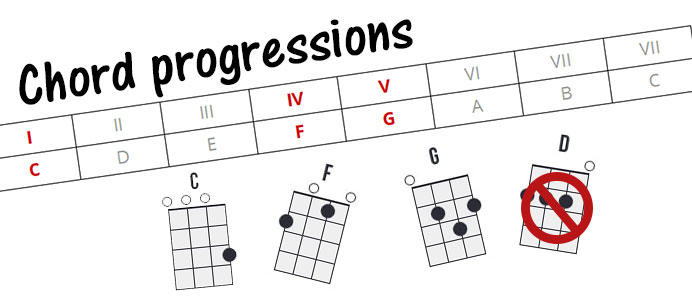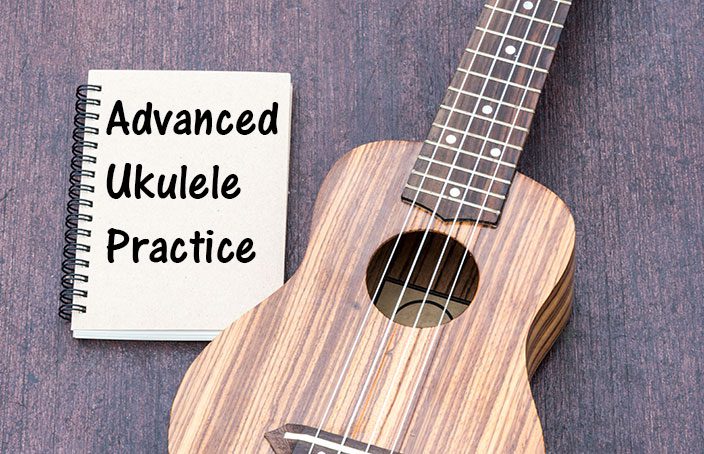Complicating Our Chords: Maj 6, Maj9, 7ths, 11ths and 13ths.
We have already discussed major, minor, seventh, augmented, diminished, and suspended chords in a previous article. Of course we can always complicate matters from there. First a quick reminder that the uke only has 4 strings, as we get into more complicated chords we run into trouble with having enough notes to actually give a proper sounding to certain chords. And because of the 4 strings many chord formations on the uke can actually be multiple chords at the same time. For example, if you play the uke with no frets on any string you get a C6 chord or you can call it an Am7. That’s because a C6 is CEGA and an Am7 is ACEG… they are made of the same notes. So essentially with no frets down on the uke we have an inversion of both C6 and Am7. However, the goal here isn’t to confuse you,[…]
Read More





No comments yet.
Add your comment